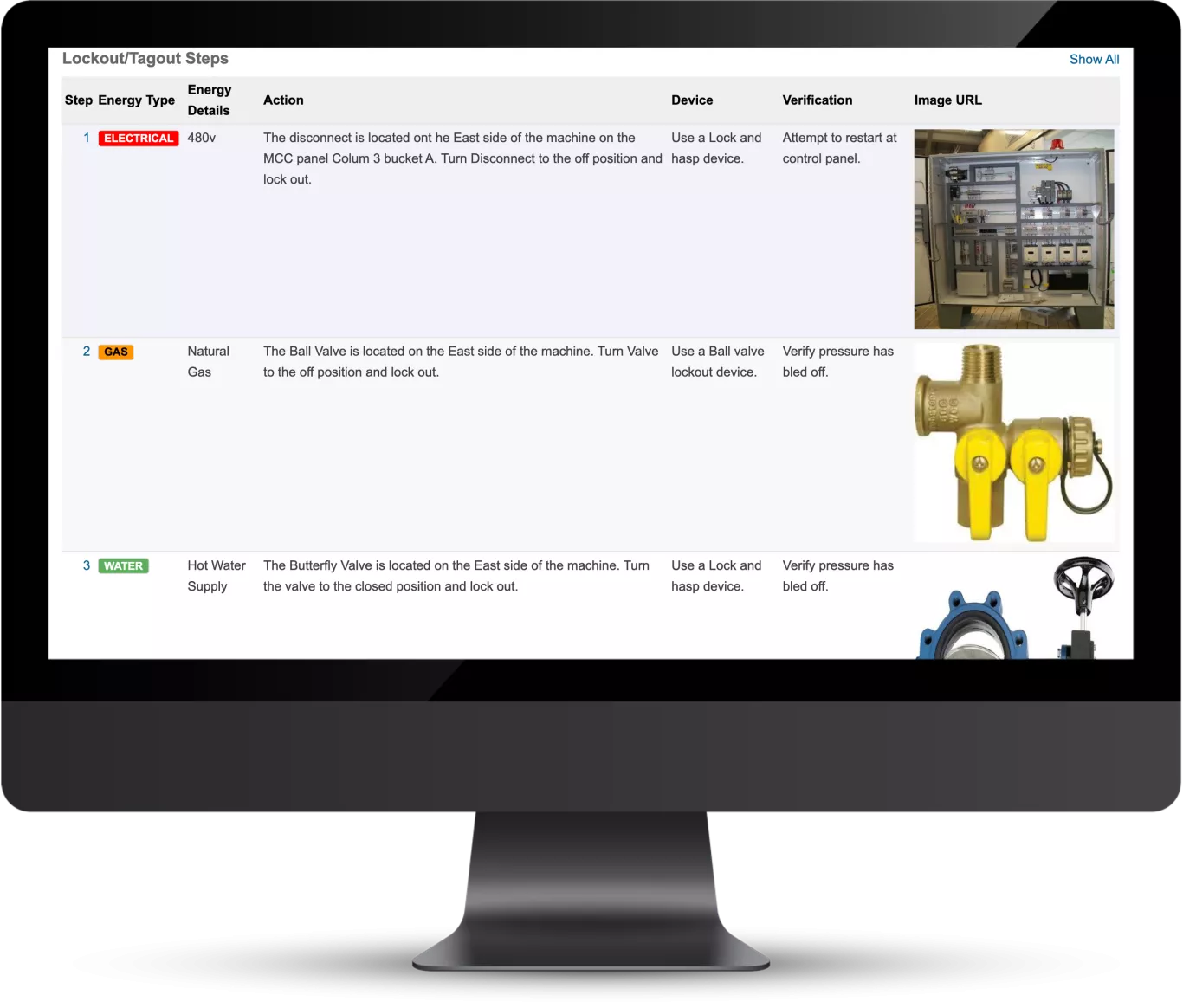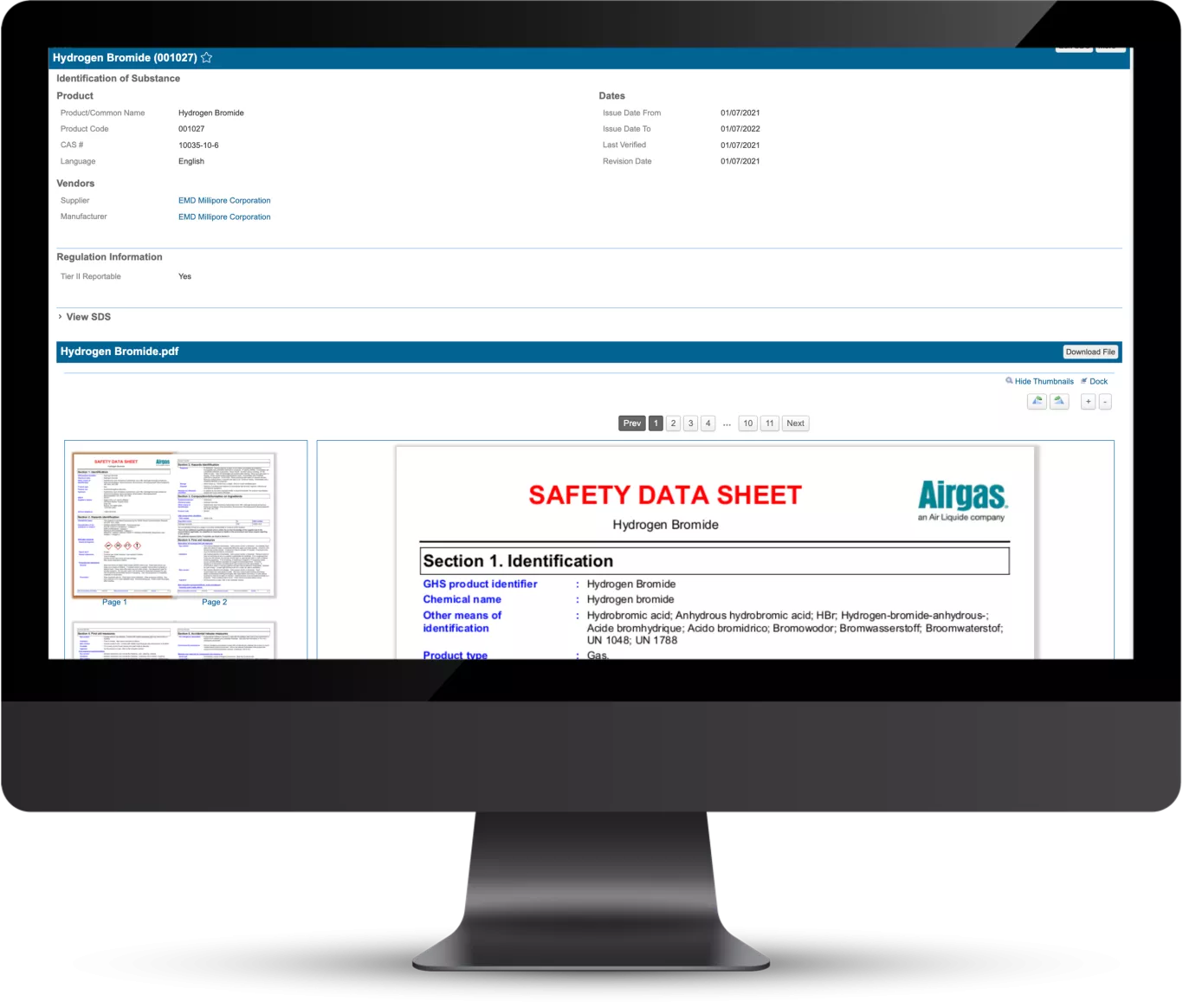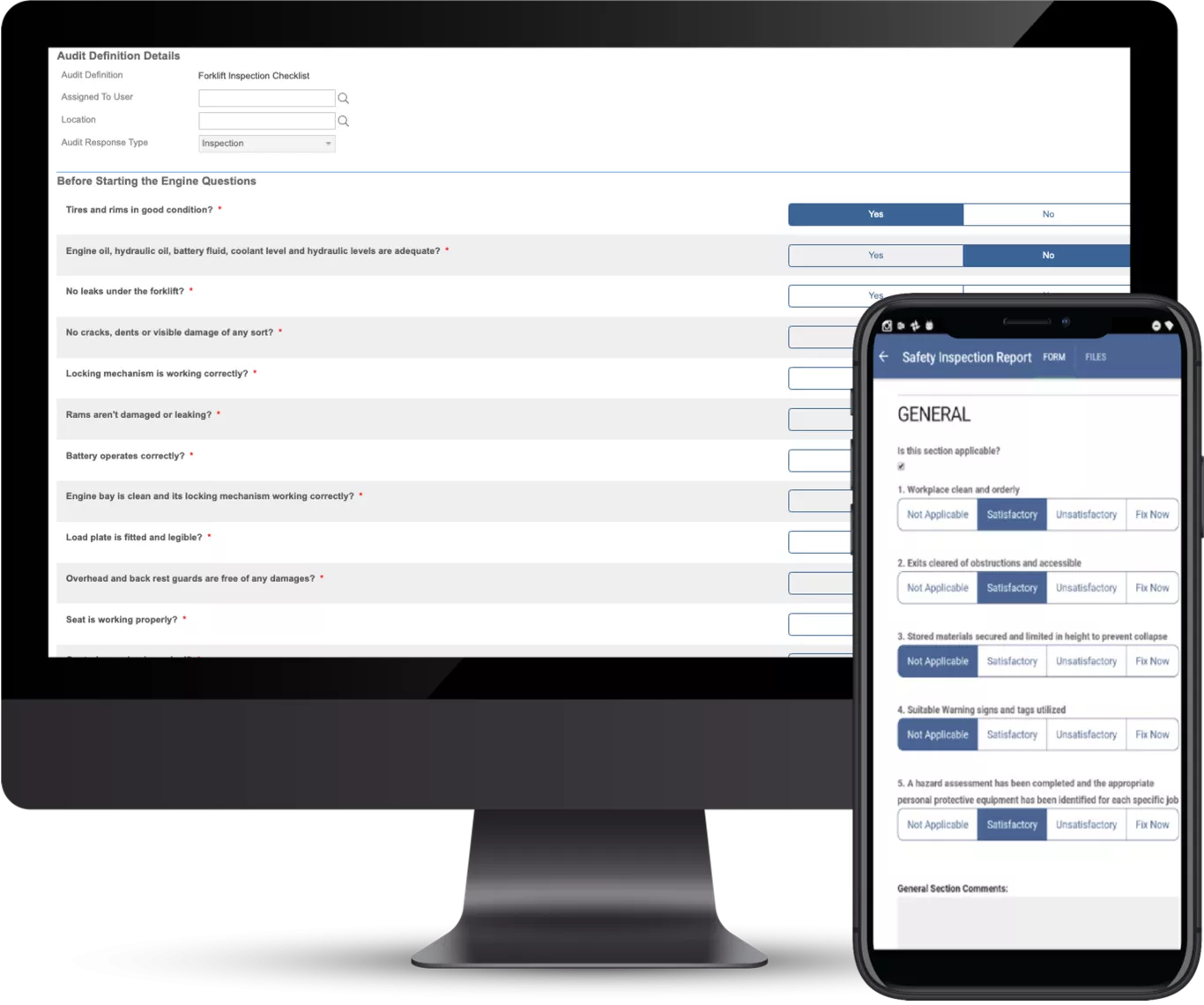If you’re like most risk and safety professionals, you keep an eye out for the annual release of the list of the top OSHA violations. You’re probably also subscribed to the OSHA newsletter to get notifications of major fines and citations. The information can be useful for making sure you have controls and procedures in place to prevent incidents or violations like these at your own organization – not only to avoid fines and citations but also to ensure the ongoing productivity and wellbeing of your workers. Because types of incidents and injuries vary by the type of organizations and processes in place, it is also helpful to dig into OSHA violations by sector. While it’s possible to view data from your particular industry at a very granular level based on NAICS code, the focus of this blog is the manufacturing sector overall.
Top Manufacturing OSHA Violations in 2020
From October 2019 to September 2020, there were over 10,000 OSHA violations in the manufacturing sector resulting in penalties totaling nearly $38 million. The top-cited violations were:
- Control of hazardous energies (lockout/tagout)
- Respiratory protection
- Hazard communication
- General requirements for all machines (machine guarding)
- Powered industrial trucks (forklifts)
The citations in these five categories alone accounted for 46% of the total citation count and 51% of the citation penalty in the manufacturing sector.
Our Take
Lockout/Tagout: Manufacturing plants utilize large machinery that requires vast amounts of electrical, mechanical, chemical, and other energy sources. Without proper training and control of these energies, physical harm or death may occur, with an average of 24 work days lost per injured worker.
Origami’s lockout/tagout feature within the process safety management module can help instill proper training and controls to avoid worker exposure to hazardous energies.
Respiratory Protection: The high volume of respiratory protection citations through 2020 is not a surprise given the ongoing COVID-19 pandemic. Fast-forward to present day, COVID-19 is still top of mind. In September 2021, Origami released new solutions to help companies keep track of outbreaks, vaccine mandates, and other COVID-19 related regulations.
Hazard Communication: Chemical management is complex and at many organizations done on paper, which could explain why communication of those chemical hazards can break down. Luckily, safety data sheets (SDS) and chemical requests can – like the rest of your EHS program – can be digitized to help make sure all hazards are accounted for while also cutting down on the administrative burden associated with antiquated systems.
Digitizing your chemical management program means all of your safety data sheets (SDS) are in a single, searchable database.
General Requirements for All Machines: We hear from our stakeholders that a common cause of injury on the production line is the lack of proper machine guards, resulting in hand and finger injuries.
Powered Industrial Trucks (Forklifts): It’s possible to leverage audit and inspection technology to educate workers about ways to reduce incidents and injuries related to forklifts and other hazards. But with this comes a challenge — how to get workers on the floor to actually conduct these audits. In addition to training and promoting a strong safety culture, audit and inspection software that is accessible on mobile devices and that has an intuitive user interface can also make sure these types of tools are effectively implemented.
Audits, inspections, and behavior-based safety observations can be conducted via web, mobile, and tablet accessible by any employee or contractor, no matter where they’re working.
Investing in Technology to Build a Strong Safety Culture
At the end of the day, it’s not just about avoiding OSHA violations or trying to do things faster and better, it’s making sure your employees go home safe. That’s why it’s important to invest in the right technology to make sure you have a strong safety culture that instills/promotes behaviors that help prevent catastrophic injuries and incidents. To learn about the difference an investment in Origami can make to prevent OSHA violations like these, listen to some of our clients’ stories or talk to one of our team members.


